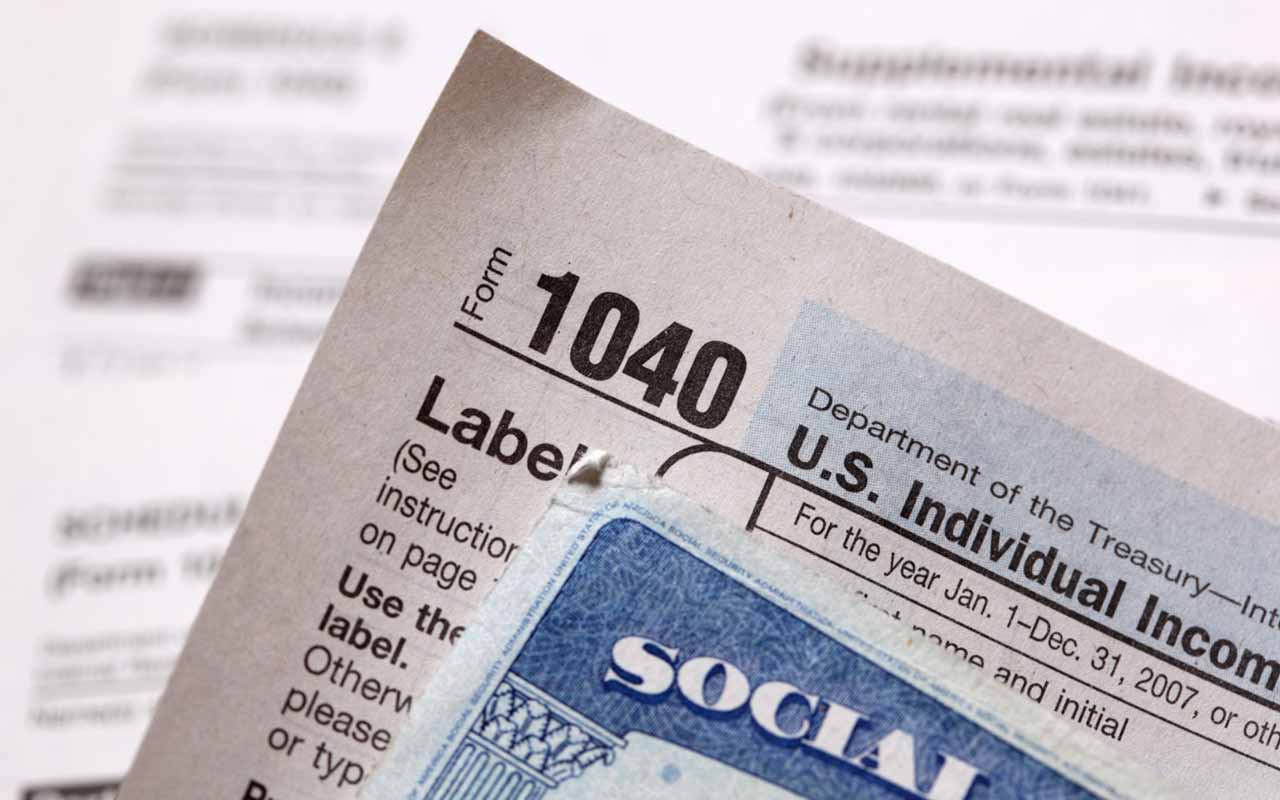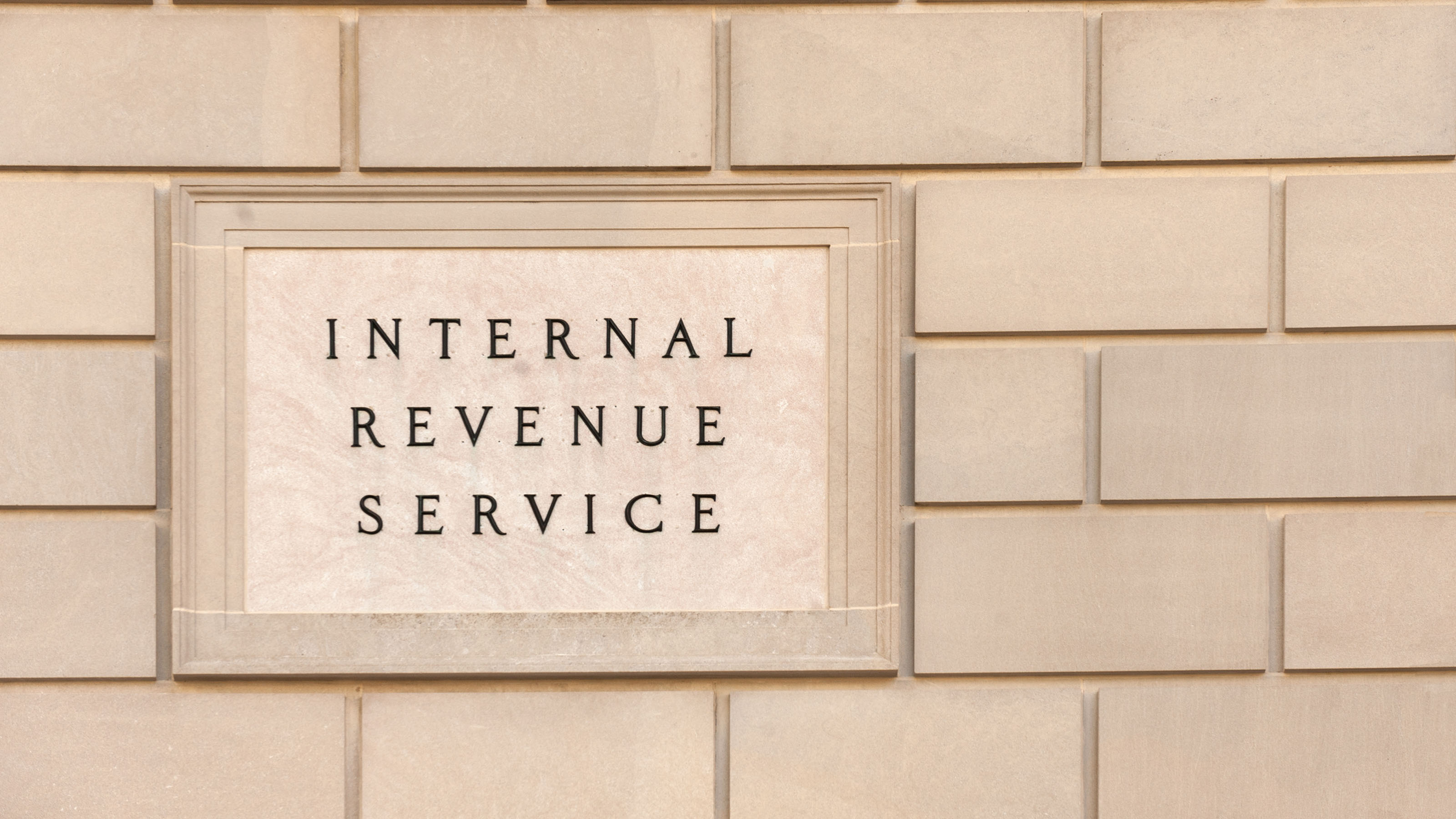7 Tax Forms That Can Accidentally Increase Your Tax Bill


The upcoming blizzard of little 1099 tax forms (which report various sources of "income" to the IRS) brings two key dangers:
1. Losing one that contains key information that needs to go on your 2017 tax return, and
2. Thinking you have to include every dime reported on the 1099s to the IRS. Lots of the dollars reported on 1099s are tax-free.
The IRS gets a copy of every 1099 information return, so it's important to get this right. Set up a file right now to collect the forms as they arrive in the mail. And, read on to protect yourself from accidentally increasing your 2017 taxes by being misled by a member of the 1099 family.

The 1099-Q for Payouts from Education Accounts
The 1099-Q can be a heart-stopper. It reports distributions from a state 529 college saving plan or Coverdell education savings account. But the odds are very, very good that the payout is completely tax free. That's the case if the money was used to pay tuition or other qualifying costs.
Tax is due only if you used the money for other purposes, and then tax is due only on earnings, not what's likely to be the majority of the payout that represents a return of contributions. Read the instructions carefully before you pay tax on any part of a 1099-Q distribution.

The 1099-G for Government Payments
Millions of Americans get 1099-Gs each year showing payments they received from various federal, state and local governments. Sometimes, the amount is fully taxable, as is the case for unemployment compensation. (Sorry, but it's true: The government gives with one hand and takes with the other.) But, when it comes to state income tax refunds, the vast majority of recipients can simply ignore this 1099.
For the 70% or so of taxpayers who claimed the standard deduction last year, the state refund reported on the 1099 is 100% tax free. It's also tax free if you claimed the state sales tax deduction in lieu of the state income tax write-off. And, even if you itemized and claimed the income tax deduction, part of the refund may be tax free. There's a worksheet in the instruction packet. Take the time to run through it to protect yourself against an expensive mistake.

The 1099-LTC for Long-Term-Care Benefits
The IRS requires long-term-care insurance companies to report to patients the full amount of benefits paid out under the policy during the year to the patients directly and to third parties on their behalf. But don't assume you have to pay tax on those benefits.
If your policy is "tax-qualified," which it likely is if it reimburses only for qualified long-term-care expenses, then the benefits are tax-free. You don't even have to report the benefits on your return. If it's a "per diem" policy, which pays a set amount regardless of actual expenses, benefits in excess of a certain amount ($360 a day in 2017), may be taxable. You'll need to fill out IRS Form 8853 to be sure.

The 1099-C for Cancellation of Debt
This one is sometimes referred to as the "adding insult to injury" form. If you're in bad enough financial straits that a lender forgives all or part of the debt you owe, on a credit card bill, say, or a home mortgage, the law generally demands that you treat the cancelled debt as fully taxable income and share some of your "good fortune" with Uncle Sam.
You have two outs. If you are insolvent—that is, your debts exceed your assets—you don't have to report cancelled debt as income if the debt is cancelled in bankruptcy. Also, if your home mortgage is "non-recourse," meaning the lender's only remedy in case of default is to repossess the property but not sue you for unpaid debt, then the cancelled debt is not considered taxable income.
An additional break that Congress created in the wake of the Great Recession to exclude up to $2 million of mortgage debt (on a primary residence) that was forgiven as part of a foreclosure or a short sale expired at the end of 2016.

The 1099-B for Broker and Barter Transactions
This 1099 might actually open the door to a tax-saving loss. It reports the proceeds of the sale of a stock, mutual fund shares or other assets. But the full amount is never taxable. You get to subtract your "basis"—that's generally what you paid for the asset. If that's more than the proceeds, you have a loss that will offset other taxable income and reduce your tax bill. Sometimes, the 1099-B shows your basis in the asset that was sold; sometimes it doesn't. But in any case, make sure you subtract your basis from the proceeds, so you report only the real profit or real loss on your tax return.

The 1099-R for Pensions, Annuities, IRAs
Distributions reported on a 1099-R might be fully taxable, such as a payout from a traditional IRA into which you have never made nondeductible contributions. (If you made even a single nondeductible contribution, part of each distribution is tax free.) Or, the amount reported could be partially taxable, such as a payout from a commercial annuity you have annuitized. (Each payment also includes a tax-free return of part of your investment in the contract.) Or, the distribution reported to you and the IRS could be completely tax-free, as is the case if you made a qualified rollover from one IRA to another. In this case, you still have to report the payout on your tax return but, in the section for the taxable amount, $0.

The SSA-1099 for Social Security Benefits
One thing is for sure: Part of your Social Security benefits reported on this form is tax free. For lower-income taxpayers, in fact, 100% is. For the higher earners, up to 85% of the benefits are taxed. It all depends on how your total income compares with a base amount for your filing status. And, for this test, income means your adjusted gross income not counting any Social Security plus 50% of your benefits plus any tax-free interest you earned during the year.
For singles with total income of $25,000 or less, benefits are completely tax free. The same goes for married taxpayers filing a joint return whose total income is $32,000 or less. As income rises above the base amounts, more benefits are taxed until the maximum 85% is taxed. The tax form instructions include a worksheet to help figure out exactly what's what. Use it to make sure you don't pay more tax than you have to on your benefits.
Profit and prosper with the best of Kiplinger's advice on investing, taxes, retirement, personal finance and much more. Delivered daily. Enter your email in the box and click Sign Me Up.

-
 Don't Wait Until January: Your Year-End Health Checklist to Kickstart 2026
Don't Wait Until January: Your Year-End Health Checklist to Kickstart 2026Skip the fleeting resolutions and start the new year with a proactive plan to optimize your longevity, cognitive health, and social vitality.
-
 Premium Rewards Cards: More Perks, Higher Fees
Premium Rewards Cards: More Perks, Higher FeesSome issuers are hiking the annual fee on their flagship luxury credit cards by hundreds of dollars. Are they still worth using?
-
 3 Trips to Escape the Winter Doldrums, Including An Epic Cruise
3 Trips to Escape the Winter Doldrums, Including An Epic CruiseThree winter vacation ideas to suit different types of travelers.
-
 Holiday Tax Scams 2025: 'Tis the Season to be Wary
Holiday Tax Scams 2025: 'Tis the Season to be WaryTax Scams Navigating tax tricks of the holiday season may be daunting, but don't let that destroy your festive spirit
-
 Estate Tax Quiz: Can You Pass the Test on the 40% Federal Rate?
Estate Tax Quiz: Can You Pass the Test on the 40% Federal Rate?Quiz How well do you know the new 2026 IRS rules for wealth transfer and the specific tax brackets that affect your heirs? Let's find out!
-
 Law Reversal Looming? Trump Eyes 2026 Gambling Winnings Tax Change
Law Reversal Looming? Trump Eyes 2026 Gambling Winnings Tax ChangeTax Deductions It's no secret that the IRS is coming after your gambling winnings in 2026. But how long will that last?
-
 The 'Scrooge' Strategy: How to Turn Your Old Junk Into a Tax Deduction
The 'Scrooge' Strategy: How to Turn Your Old Junk Into a Tax DeductionTax Deductions We break down the IRS rules for non-cash charitable contributions. Plus, here's a handy checklist before you donate to charity this year.
-
 IRS Says You Made a Tax Return Mistake? A New Law Could Help You Fight Back
IRS Says You Made a Tax Return Mistake? A New Law Could Help You Fight BackTax Law Updated taxpayer protections change what the IRS must explain on error notices and how long you have to respond.
-
 Tax Refund Alert: House GOP Predicts 'Average' $1,000 Payouts in 2026
Tax Refund Alert: House GOP Predicts 'Average' $1,000 Payouts in 2026Tax Refunds Here's how the IRS tax refund outlook for 2026 is changing and what steps you can take now to prepare.
-
 New 2026 Tax Change Could Mean More for Your IRA and 401(k) Savings
New 2026 Tax Change Could Mean More for Your IRA and 401(k) SavingsRetirement Savings Here's how the new IRS inflation adjustments will increase the contribution limits for your 401(k) and IRA in the new year.
-
 3 Ways High-Income Earners Can Maximize Their Charitable Donations in 2025
3 Ways High-Income Earners Can Maximize Their Charitable Donations in 2025Tax Deductions New charitable giving tax rules will soon lower your deduction for donations to charity — here’s what you should do now.
